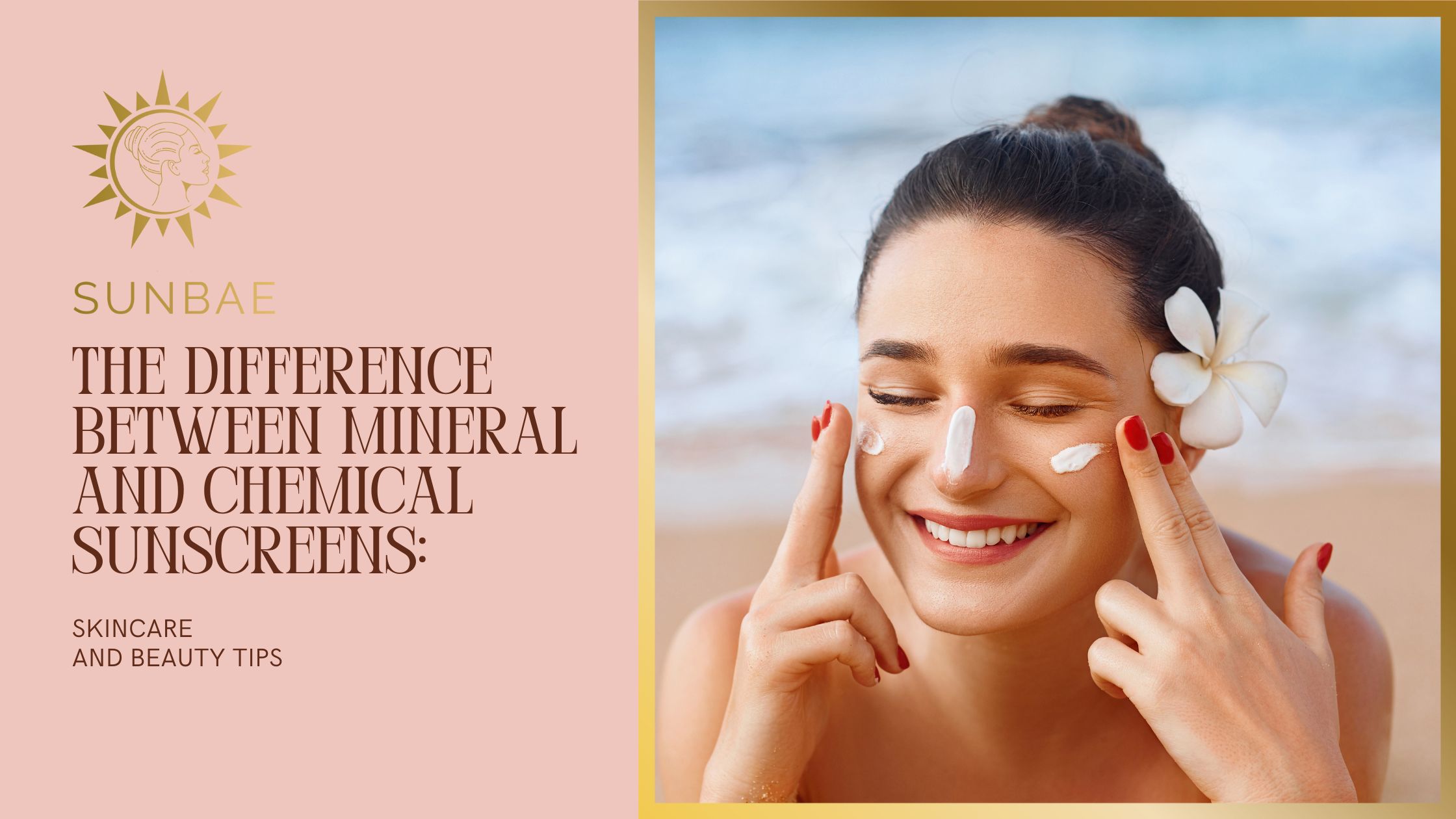The Difference Between Mineral and Chemical Sunscreens

When it comes to protecting our skin from the harmful effects of the sun, sunscreen is an essential tool. However, not all sunscreens are created equal. There are two main types of sunscreens available on the market: mineral sunscreens and chemical sunscreens. While both types aim to provide protection against harmful UV rays, they differ in their composition and how they work.
Mineral sunscreens, also known as physical sunscreens, contain active mineral ingredients such as zinc oxide or titanium dioxide. These minerals work by sitting on top of the skin and reflecting the sun's rays away from the skin. They create a physical barrier that blocks both UVA and UVB rays. Mineral sunscreens are often recommended for individuals with sensitive skin or those prone to allergies, as they are less likely to cause irritation.
On the other hand, chemical sunscreens contain organic compounds such as avobenzone, octinoxate, or oxybenzone. These compounds work by absorbing UV rays and converting them into heat, which is then released from the skin. Chemical sunscreens are typically easier to apply and blend into the skin, making them a popular choice for everyday use. However, some individuals may experience skin irritation or allergic reactions to certain chemical sunscreen ingredients.
One of the key differences between mineral and chemical sunscreens is their mode of action. Mineral sunscreens provide immediate protection upon application, as they create a physical barrier on the skin. In contrast, chemical sunscreens need to be applied at least 15-30 minutes before sun exposure to allow the ingredients to absorb into the skin and become effective.
Another difference lies in their sun protection factor (SPF) ratings. Mineral sunscreens often have a higher SPF rating, providing broad-spectrum protection against both UVA and UVB rays. Chemical sunscreens, on the other hand, may have a lower SPF rating but can still offer effective protection when applied correctly and reapplied as directed.
Additionally, mineral sunscreens are generally considered to be more environmentally friendly. They are less likely to contain harmful chemicals that can harm marine life and coral reefs when washed off in the water. Chemical sunscreens, especially those containing oxybenzone, have been found to contribute to coral bleaching and damage.In conclusion, both mineral and chemical sunscreens have their own advantages and considerations. Mineral sunscreens offer immediate protection, are less likely to cause skin irritation, and are environmentally friendly. Chemical sunscreens, on the other hand, are easier to apply and blend into the skin. Ultimately, the choice between the two types of sunscreens depends on individual preferences, skin type, and specific needs. Regardless of the type chosen, it is crucial to use sunscreen regularly and reapply as directed to ensure optimal protection against the harmful effects of UV rays.